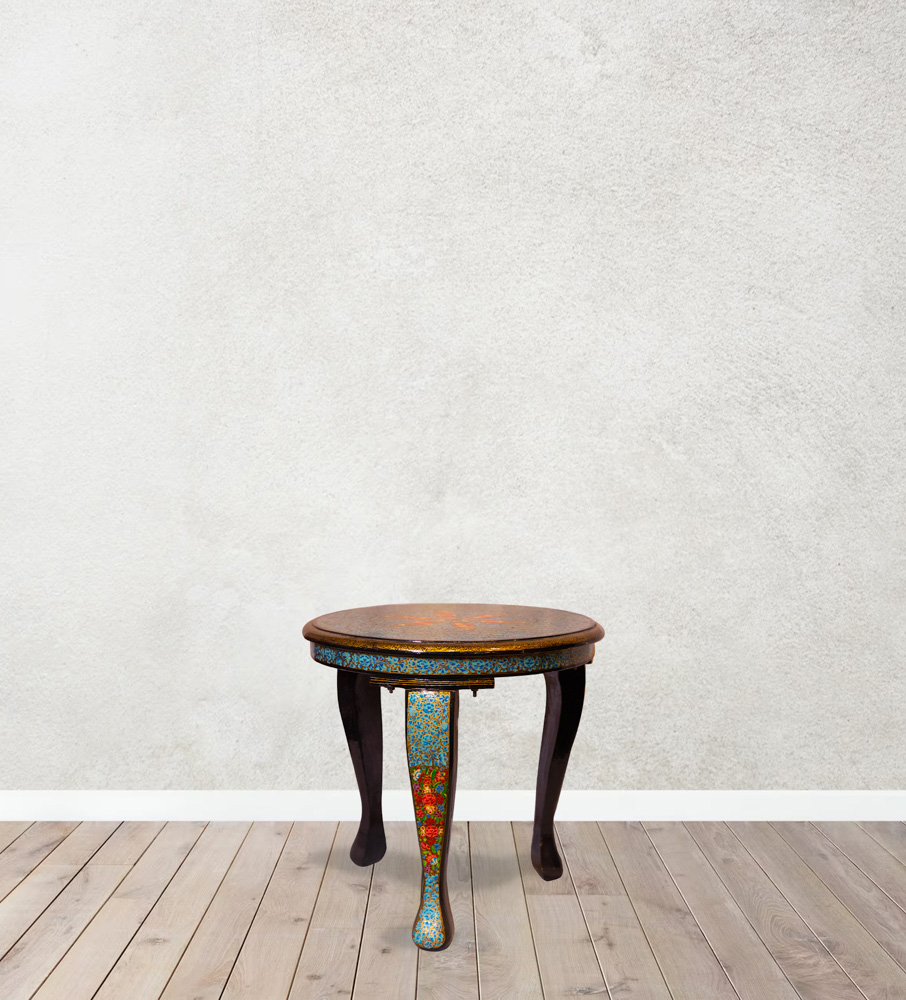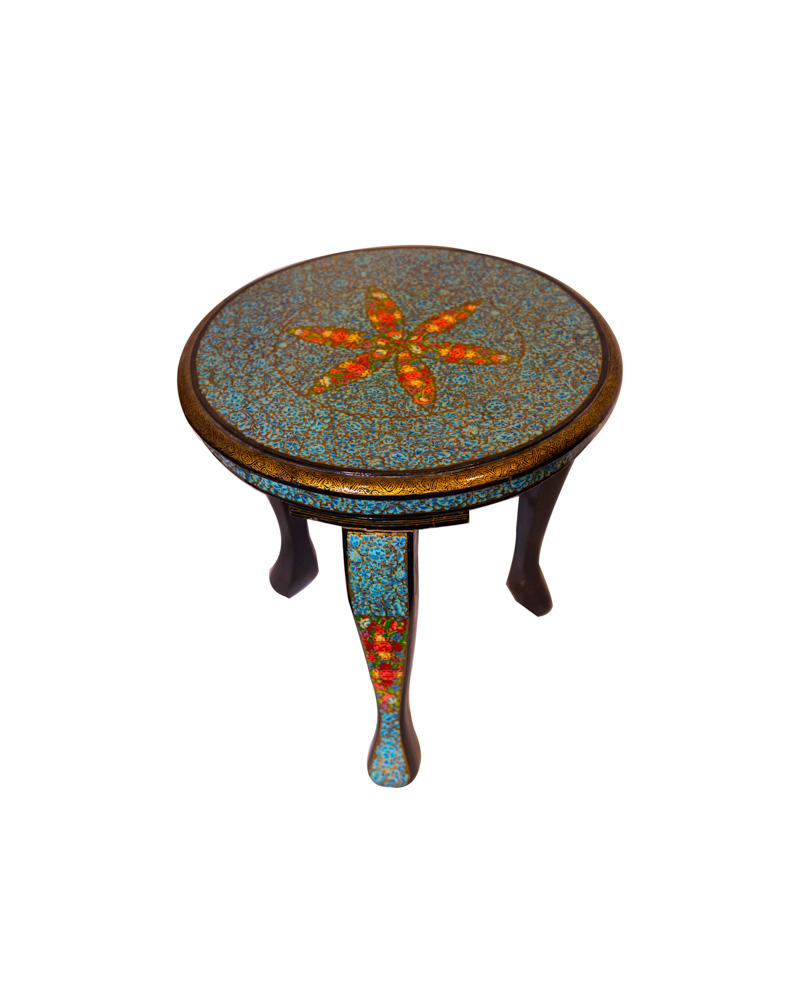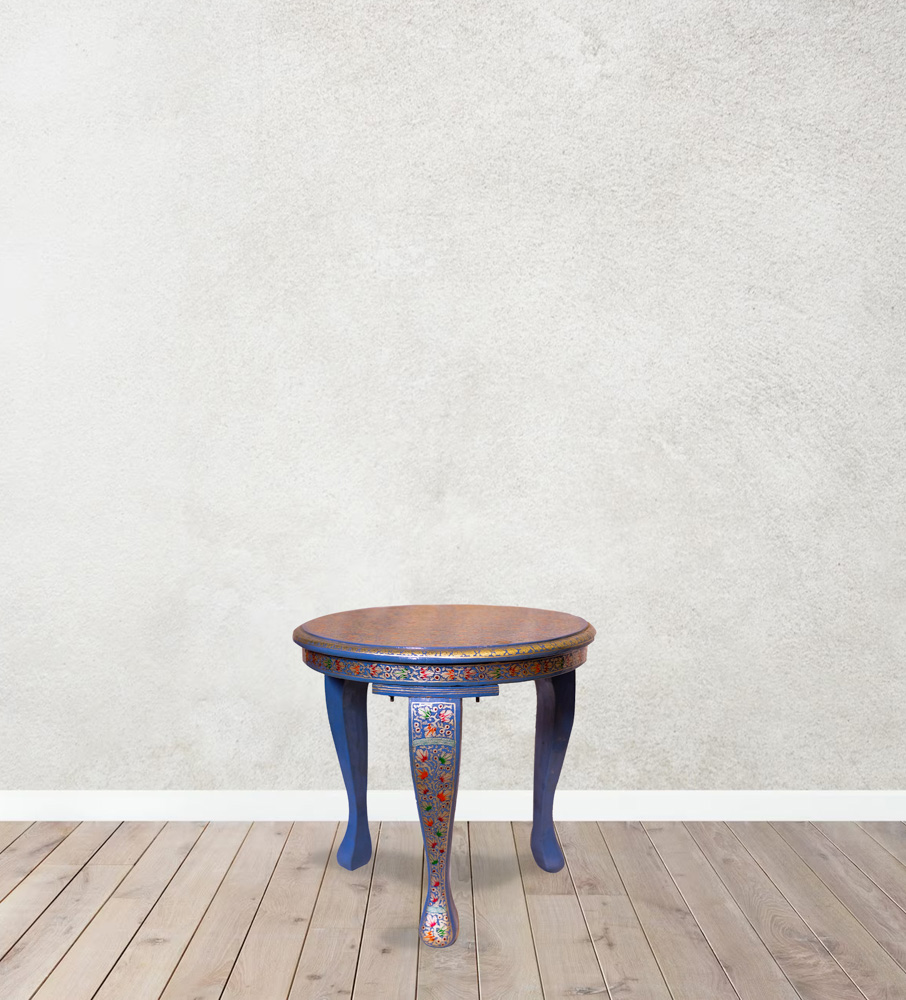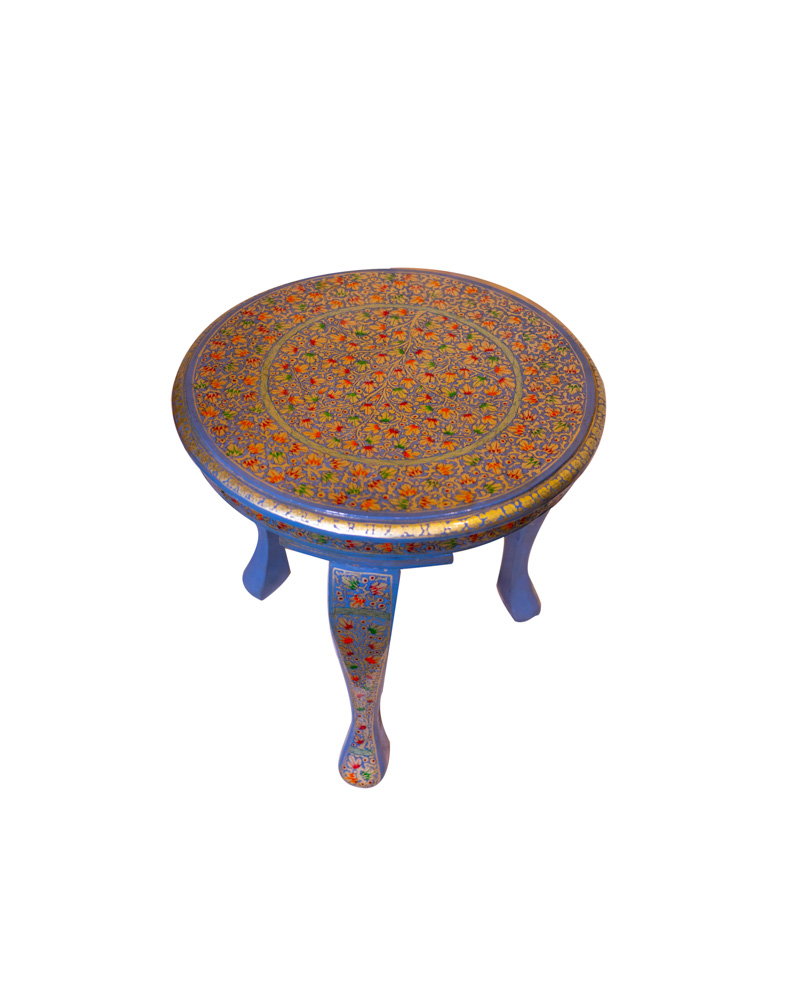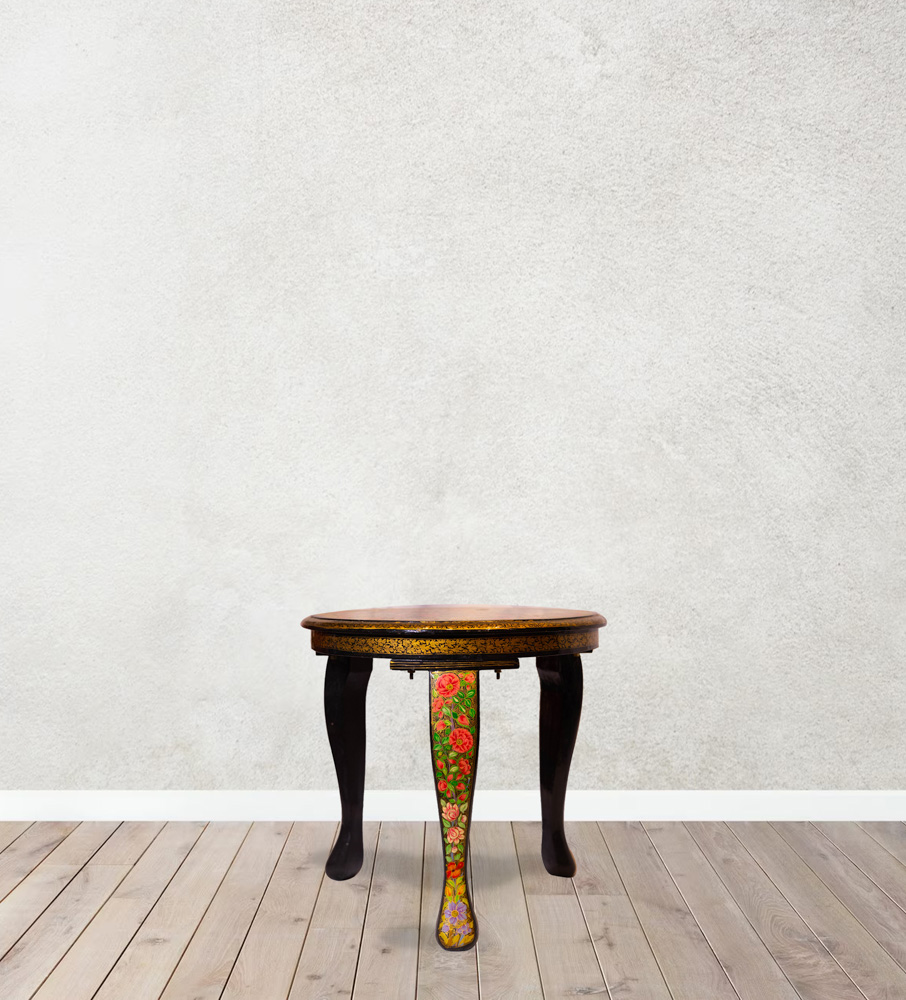Description
Immerse yourself in the artistry of paper mache with our exquisite collection, originating from Kashmir, India. Each piece in our collection is meticulously handcrafted by skilled artisans, using a blend of paper pulp, adhesive, and natural dyes to create stunning works of art. Whether you’re looking to add a touch of elegance to your home decor or searching for the perfect gift for a loved one, our paper mache pieces are sure to delight.
